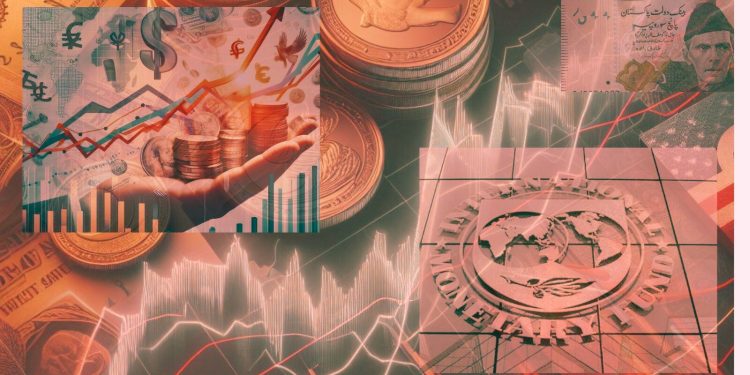By Shahzada Ahsan Ashraf
The recent debacle about Boeing shows why you shouldn’t prioritize cash flows over stability and safety. Pakistan has somewhat salvaged the cash flow crises, courtesy of the IMF’s fresh tranche, but navigating around the election period will prove to be a challenge.
There have been lots of positives in the first few days of the new year, including robust remittances, prospects of a current account surplus, seriousness in privatization and tax reforms, etc.

Markets are calmer, with price action in the bond markets reflecting a cut in interest rates, a rally in Eurobonds, and a stronger Rupee.
But what happens in the next couple of months is anyone’s guess, some of which can be reflected in Pakistan’s CDS, which, though lower, is still amongst the most elevated in the world.
Currency Outlook As pointed out last week, the Rupee strengthened – flirting around the 280/$ figure. The main driver was exporters selling dollars in forward in large volumes. This was further accelerated by stronger reserves and IMF’s BoD approval.
From the price action last week, analysts are of the view that the Central Bank is supporting the 280 level and any time it trades below 280 may only be temporary. Even during the last period of Rupee consolidation, USDPKR stayed below 280 for only 12 days.
We expect the Rupee to be anchored around the 280 level until before the elections with temporary outruns on both sides.
Global Conflicts Escalate The world-renowned Richard Kelly, in his book, had been able to build a relationship between the extent of global military conflict and a surge in commodity prices. There is a definite escalation of conflict with the opening of the Yemen front, spiking the threat level to global shipping traffic.
Apart from freight rates, supply chains, and trade flows, the real macro risk from the Yemen quagmire is panic buying in crude, despite its bearish fundamentals. If Brent spikes to above $100 as multiple wars in the Middle East escalate into a US, Israel, and Iran direct military confrontation, inflation risk will rise to at least 4% CPI, and the Fed will not cut interest rates anytime soon.
That would be a catalyst for a spike in 10-year US bonds and a correction in overvalued stocks. It would also increase the complexity level for emerging markets and global trade.
US CPI US CPI clocked 3.4%, against market expectations of 3.2%, resulting in higher volatility among currencies and precious metals. The market now worries that the Federal Reserve (Fed) won’t deliver a first-rate cut at the March monetary policy meeting.
Foreign exchange inflows through the Roshan Digital Accounts (RDAs) were recorded at $7.195 billion by the end of December 2023, according to the State Bank of Pakistan.
Till the end of December, $1.538 billion has been repatriated, with $4.442 billion utilized locally. The net repatriable liability is at $1.215 billion.
In December, funds received stood at $160 million, while funds of $7 million were repatriated. The funds utilized locally stood at $120 million. Meanwhile, the net repatriable liability in December was $34 million.
(The writer is a Former Chairman and Managing Director PIA, Former Federal Minister of industries and production)














